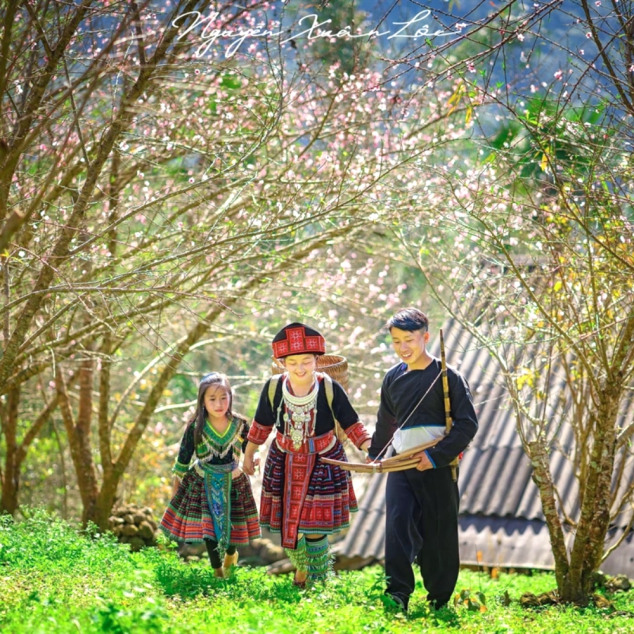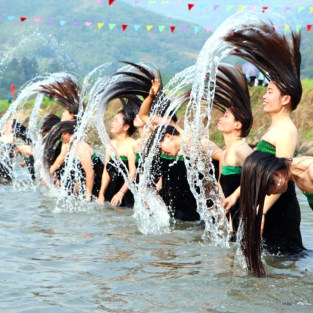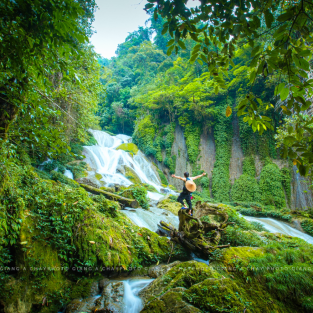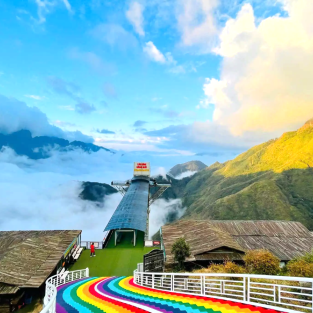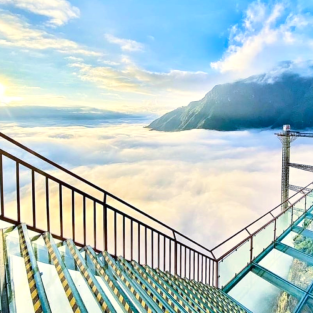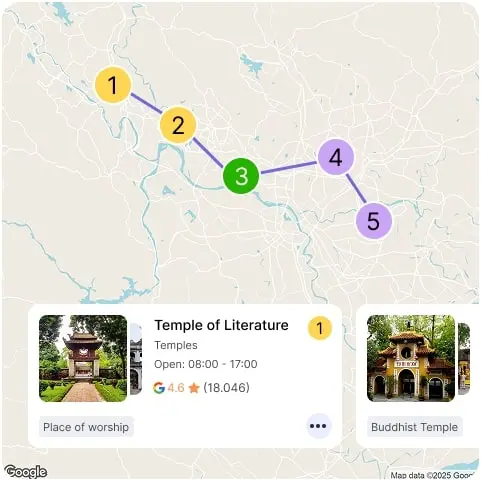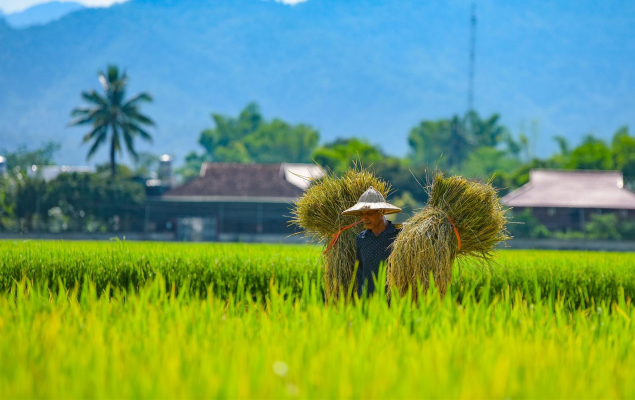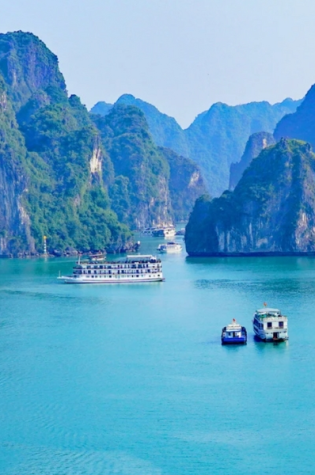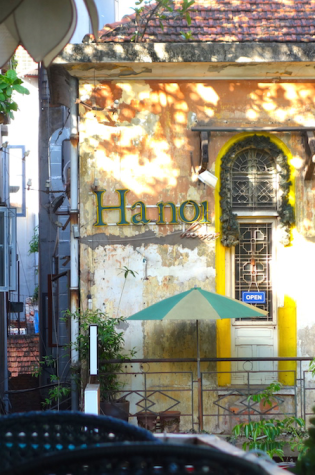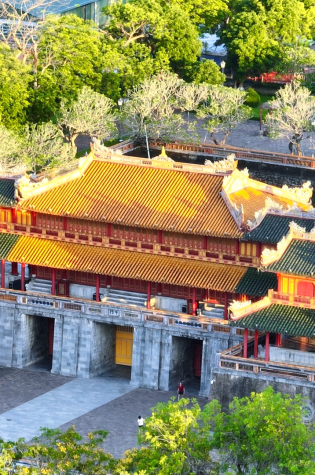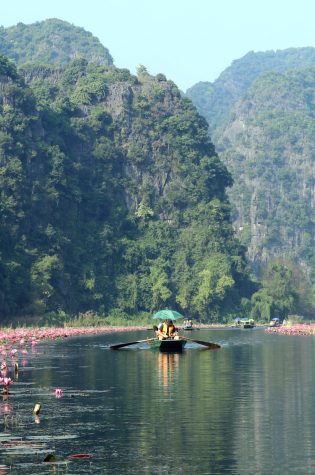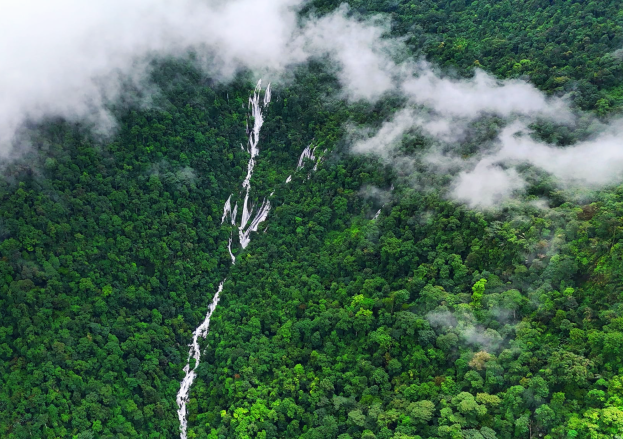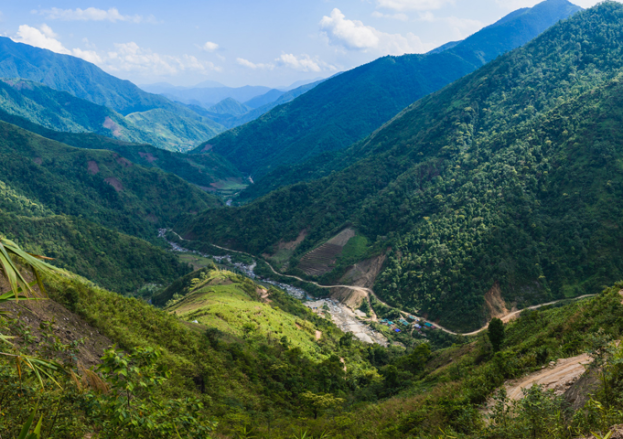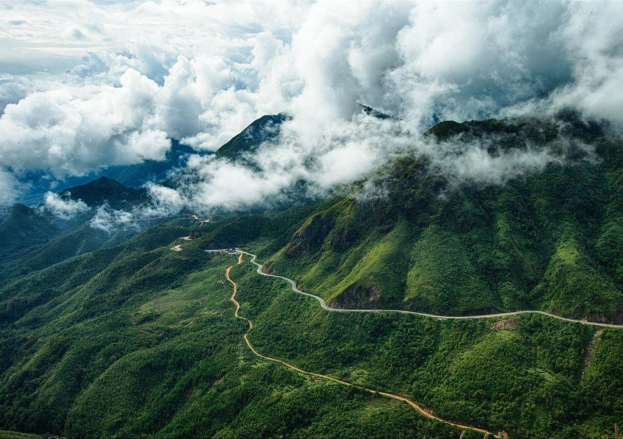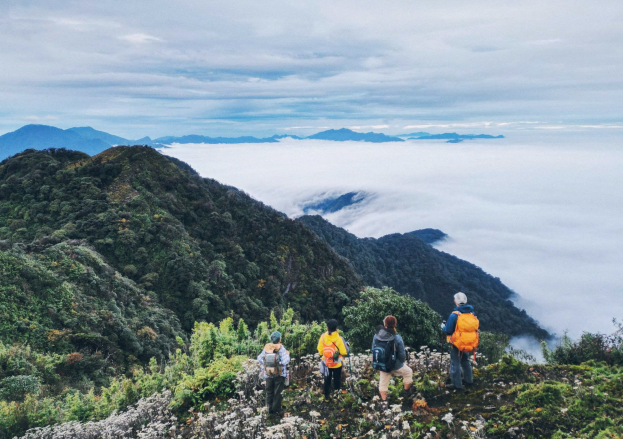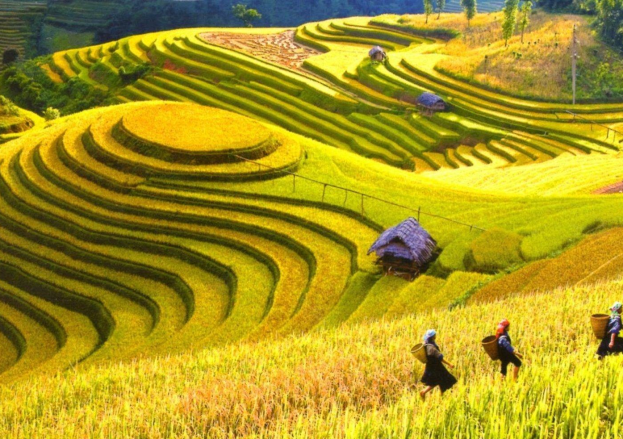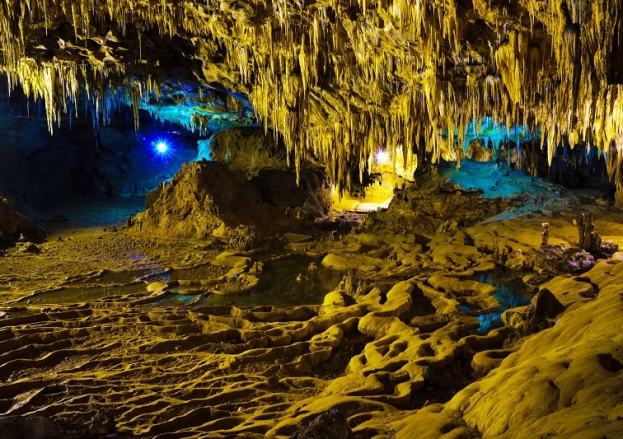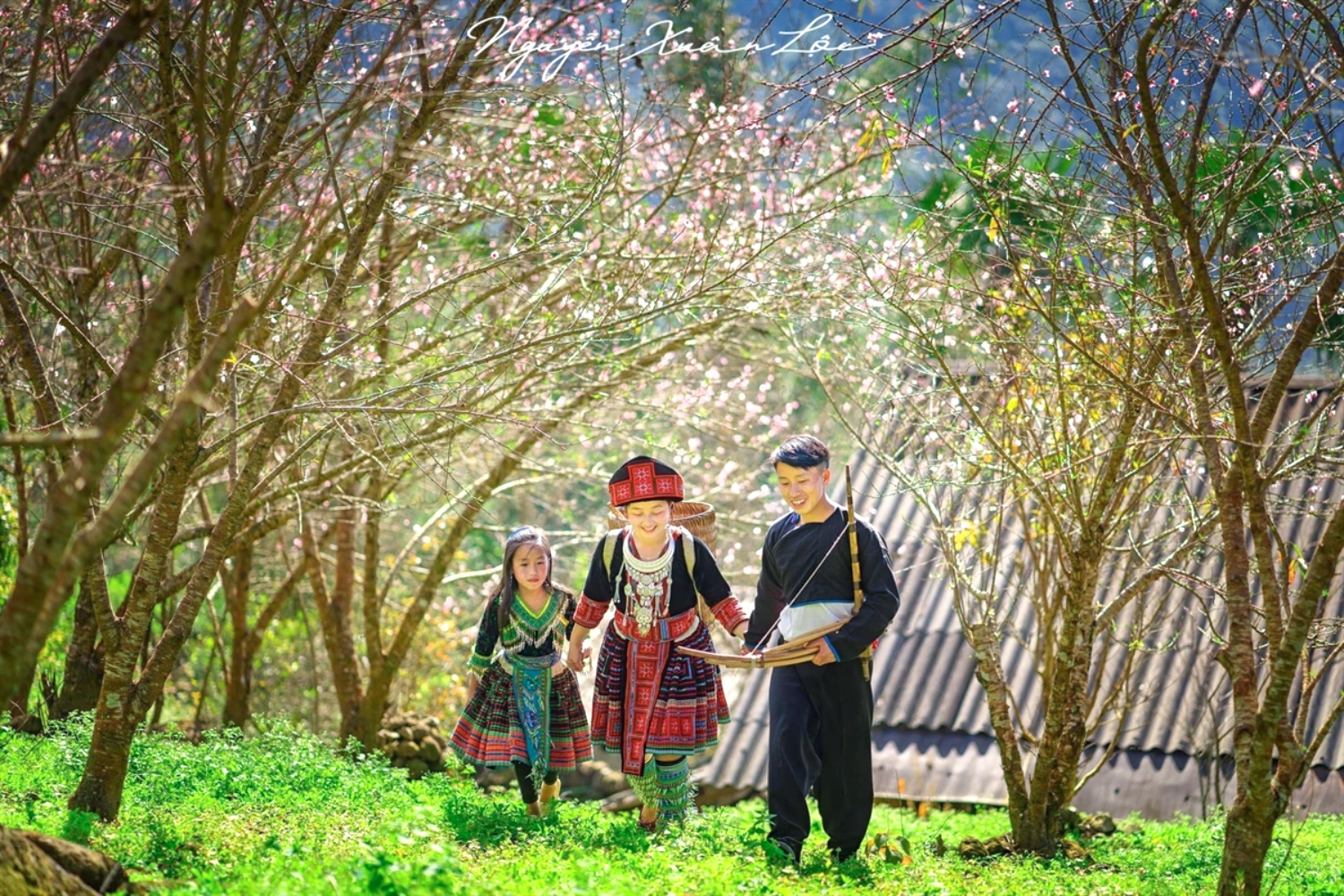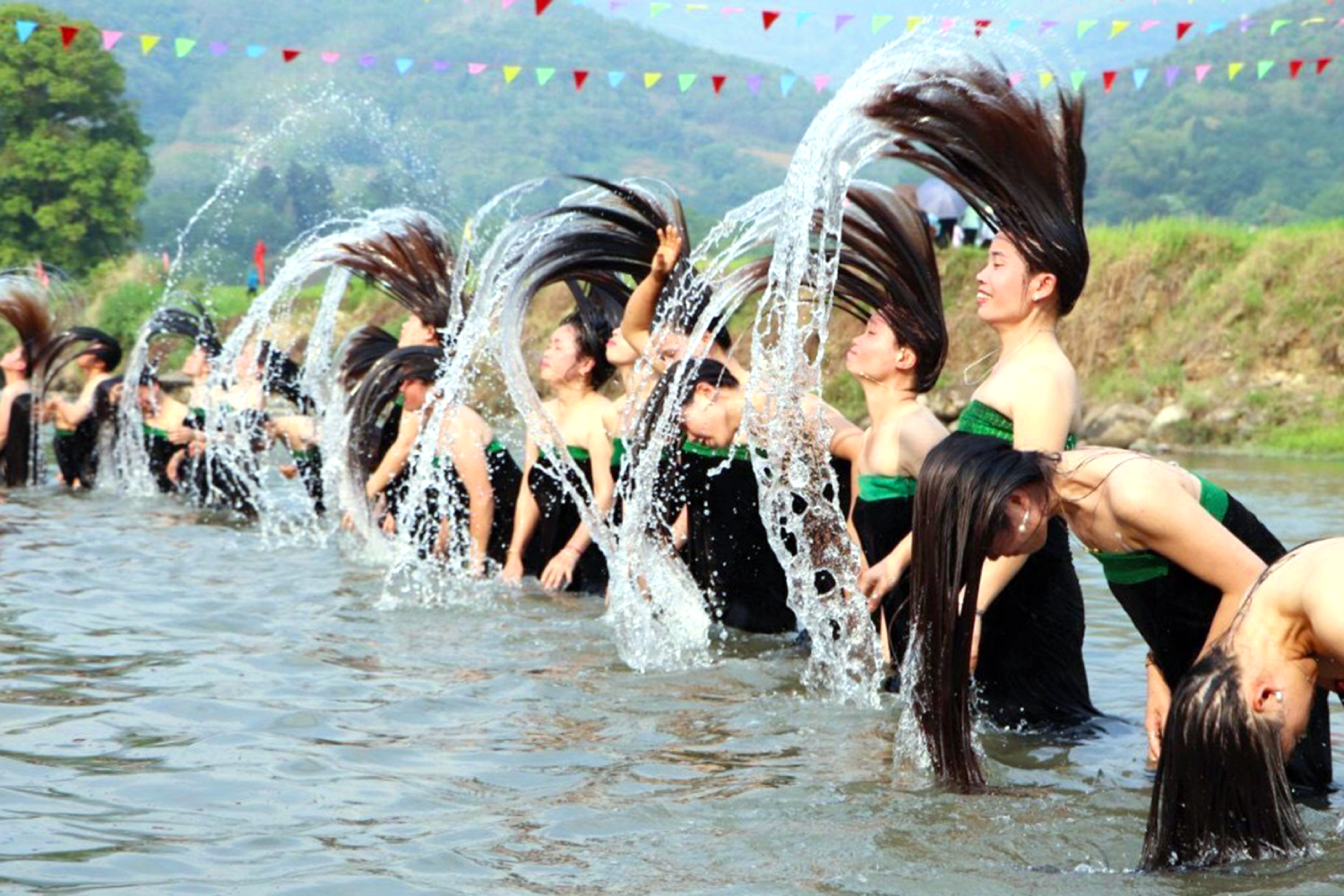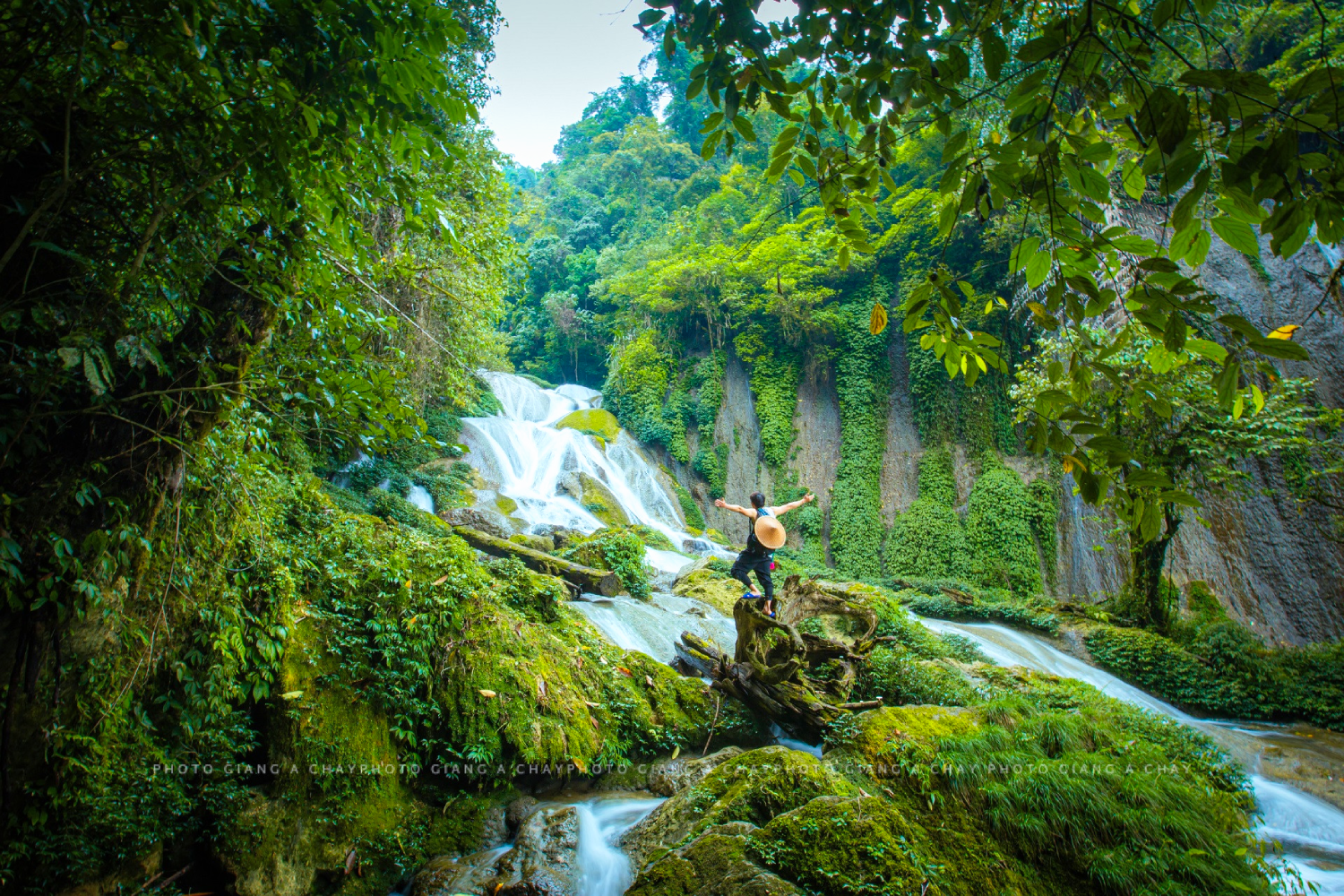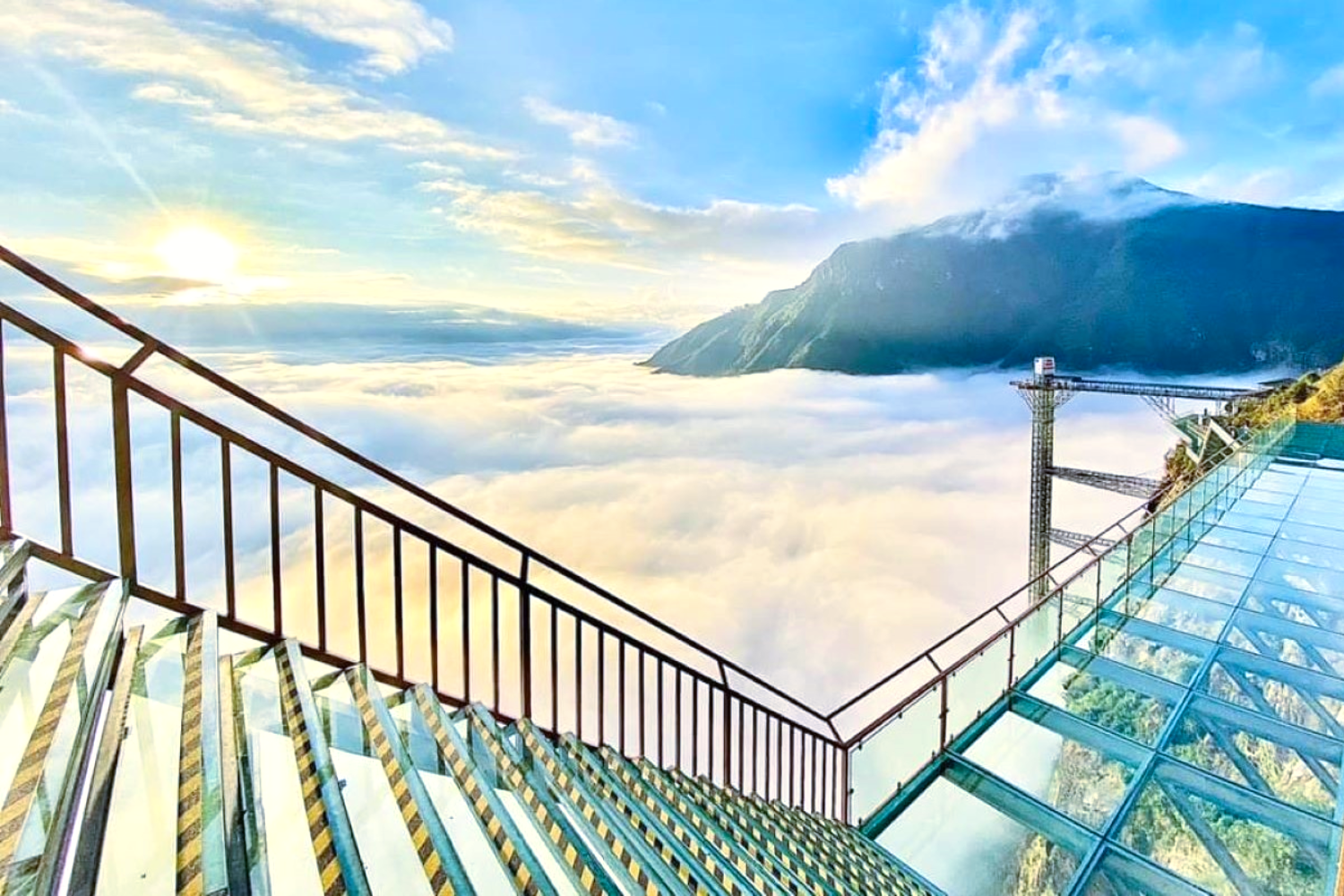Cradled in the far northwest of Vietnam, Lai Chau captivates with its untamed mountain ranges, deep valleys, and rich tapestry of ethnic cultures. Here, the landscapes are vast and poetic — from mist-laced ridgelines and rice terraces carved into steep hillsides to serene villages where tradition quietly endures.
This is a land shaped by nature and resilience. Towering peaks like Pu Ta Leng challenge adventurous trekkers, while quiet markets and stilt-house hamlets offer glimpses into the lives of over 20 ethnic communities. In Lai Chau, time slows down, and every journey — whether on winding mountain roads or footpaths between fields — invites deeper connection with both land and people.
Few places in Vietnam feel this raw, this real — and for those seeking beauty off the beaten path, Lai Chau is unforgettable.
Lai Chau is one of Vietnam’s most remote provinces, but the journey is part of the adventure. While it lacks an airport or railway station, well-maintained mountain roads make it reachable by car or bus from key northern hubs.
- From Hanoi: The drive to Lai Chau takes around 8–9 hours, often passing through Sa Pa or Dien Bien. Private cars, tour transfers, and sleeper buses are available daily, with overnight options offering added comfort for long distances.
- From Sa Pa: Lai Chau lies just 100 km northwest of Sa Pa, connected by the scenic O Quy Ho Pass — one of Vietnam’s highest and most breathtaking mountain roads. The drive takes about 3 hours and offers dramatic views of Hoang Lien Son Range.
- From Dien Bien Phu: Travelers can also reach Lai Chau from Dien Bien in about 5–6 hours by road, crossing lesser-traveled, winding routes that cut through remote mountain landscapes.
Once in Lai Chau, local transport is limited. Hiring a motorbike or arranging a private car with a driver is the best way to explore the province’s scattered villages, rice terraces, and cultural sites.
Lai Chau is a year-round destination, but the experience changes with the seasons — each offering its own charm.
- March to May is ideal for trekking and photography, with clear skies, pleasant temperatures, and blooming mountain flowers. This is also when ethnic festivals bring color and tradition to the highlands.
- September to October is the most stunning time to visit, as golden rice terraces ripple across the hills of Than Uyen and other valleys — a photographer’s dream and a cultural highlight.
- November to February brings crisp mountain air and misty landscapes. While colder, especially at night, it’s a peaceful time for those seeking quiet scenery and fewer crowds.
- Summer (June to August) is lush and green but can be rainy. If you don’t mind brief showers, it’s still a beautiful time for nature lovers.
Lai Chau’s rugged landscapes come with travel challenges, but improved infrastructure is making the region more accessible than ever.
From Hanoi, the most common route is by road — a 7–8 hour journey through scenic mountain passes, often via Dien Bien or Sapa. Private cars or limousine buses offer comfort and flexibility, while experienced drivers are recommended for navigating winding roads. While public transport is limited within the province, local homestays and tour operators often arrange transfers to key villages and trekking routes. For visitors with mobility concerns, the terrain can be demanding, but certain areas like Tam Duong town or viewpoints near major roads are more accessible.
With thoughtful planning and support from local guides, even the remote beauty of Lai Chau can be experienced in meaningful ways.

